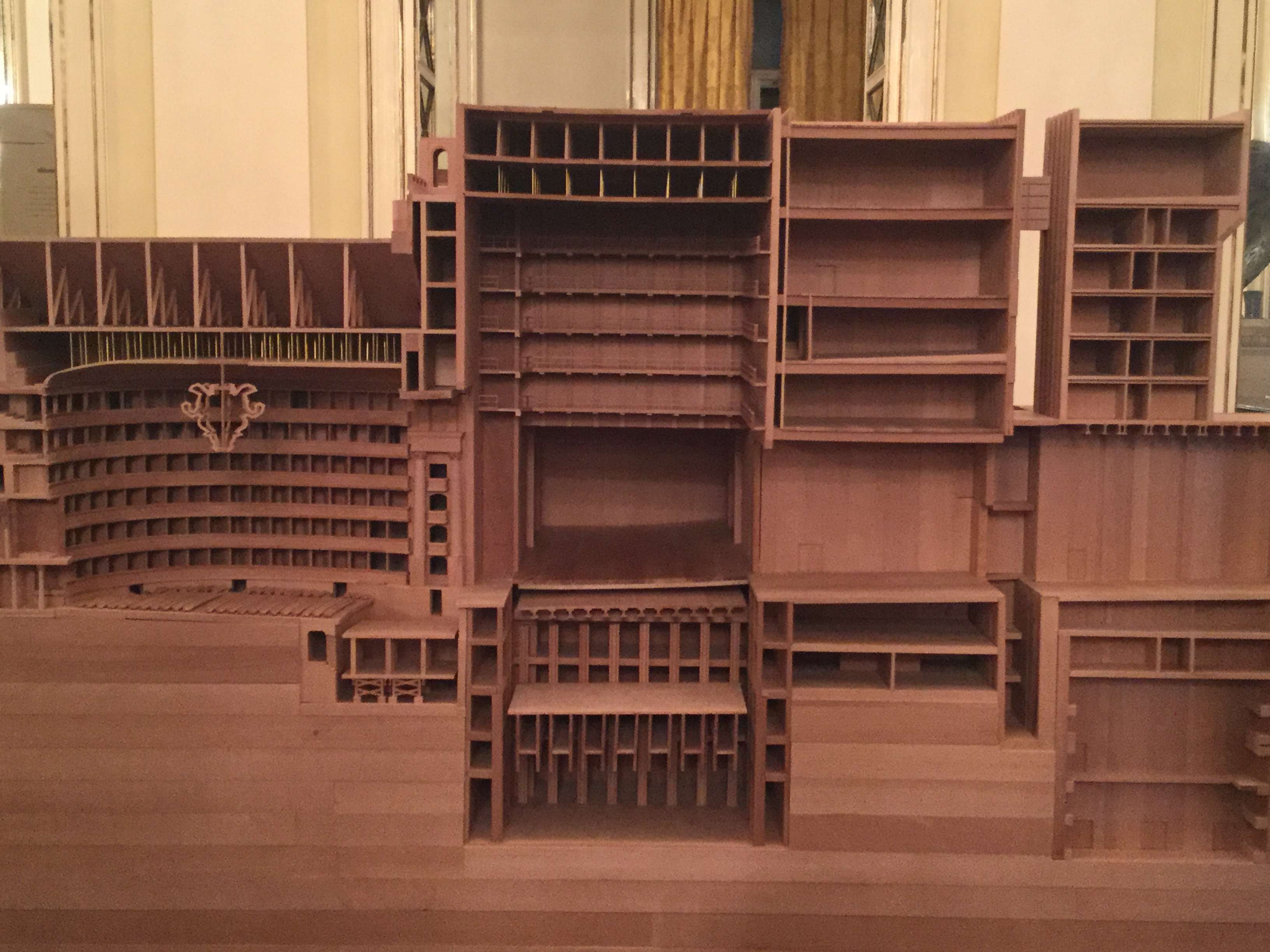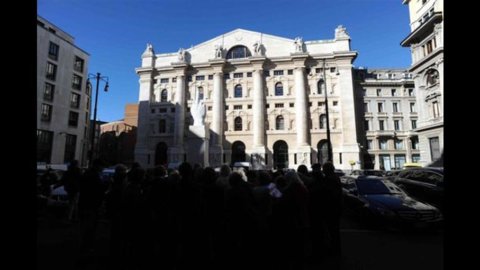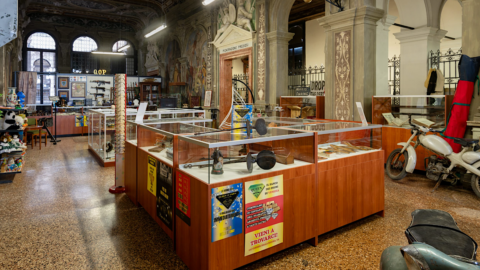"The magnificent factory", a major exhibition dedicated to the Teatro alla Scala and its 240 years of history, opens on Tuesday 4 December in Milan. The exhibition is curated by Fulvio Hyrax e Pierluigi Panza and sees as supporters of the initiative Understanding St. Paul and partners such as Edison e Mapei. Exceptional financiers to tell the story of the development of a theater which since its inception has been part of the same city and its transformations, a center of culture par excellence, a piece of history in the history of Italy.
To present the exhibition, which will remain open until 3 January 2019 with entrance from via Antonio Ghiringhelli 1 in Milan, took to the field Alexander Pereira, artistic director of the Theater, with speeches by Cristina Relatives, director of external relations and communications of Edison, Giorgio Squinzi di Mapei, Paola Musso di Understanding St. Paul. To conclude Mario Botta.
The theater was born from two destructions of the architectural heritage, the first accidental with the third fire caused by a fire and the second intentional, with the demolition of the Church of Santa Maria alla Scala to make way for the new theater. Thus Piermarini built the theater in a neoclassical style in less than two years and inaugurated La Scala on August 3, 1778.
In the period between 1821 and 1830, inspired by Alessandro Sanquirico, architect and scenographer, the Piermarini hall underwent several renovations, including the lighting switching from candles to oil lamps.
In 1831 the architect Giuseppe Tazzini was called to build the porticoed wing on Via Filodrammatici. While in 1856 there was a further architectural revolution, all the houses in front of the theater were demolished giving rise to the famous Piazza della Scala. In 1932 Luigi Lorenzo Secchi was the new innovator and recognizer of La Scala. He conceived the vertical distribution of the theater, creating the stairs with mirrors in 1933 and between 34 and 35 another radical transformation was designed and built. It should be remembered that on the night between 15 and 16 August 1943 the theater was bombed and it was Secchi himself who later began the reconstruction again and this is how La Scala returned to new life. On 11 May 1946 Toscanini returned from America and conducted the inaugural concert Mafalda Favero with the debutante Renata Tebaldi with Giovanni Malipiero.
In the following years, other constructions and renovations followed, then it was the turn of the major restoration work from 2002 to 2004 with the conservative restoration of the monumental area, the renovation of the stage with the removal of the old Secchi stage and renovation of the scenic tower. The part of monumental conservation was entrusted to Elisabetta Fabbri, the scenic arrangements to Franco Malagrande and the reconstruction of the stage to the architect Mario Botta who together with the studio of the architect Emilio Pizzi designed and built the scenic tower and the ellipse built above the ex Casino Ricordi or the wing along via Filodrammatici.
After these restorations, La Scala reopened on December 7, 2004 with the same opera that had inaugurated the Theater on August 1778: Europe recognized by Antonio Salieri, directed by Riccardo Muti.
The exhibition presenting the new architectural project is set up in the Museo della Scala and continues in the spaces of the Simoni Library, with videos, thanks also to the collaboration with Rai Teche and Istituto Luce, which present rare documents of the reconstruction. finally, in the Ridotto dei Palchi Arturo Toscanini the last chapter of the story is proposed, the project by the architect Mario Botta who redesigned the function of the building and the next expansion planned for 2022 who during the conference points out how the client is it is always a structural part of the project.

“ La Scala has always had a client and still today it continues to be a marvel that is also a mystery for collective dreaming beyond everyday life”. "The project sees - he continues - a model that develops to give greater scenic depth, a good 70 meters, with the aim that the viewer has the scenic illusion of other worlds"






Pingback: At the Prima della Scala the first time of Mattarella for Verdi - FIRSTonline